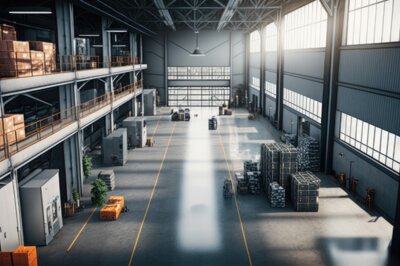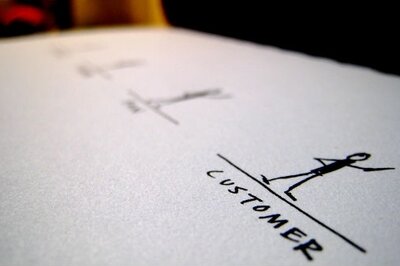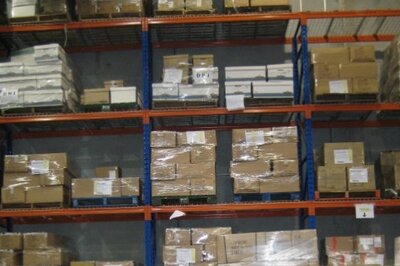
ERP & Logistics: Optimizing the Supply Chain
Read about the steps you can take to optimize your supply chain through ERP software logistics ma...

Read about the steps you can take to optimize your supply chain through ERP software logistics ma...

Key insights on CMMC compliance, deadlines, and securing DoD contracts with CMMC 2.0 certificatio...

Learn how automated ERP workflows can improve order management, production scheduling and more su...
![How ERP can help prevent demand forecasting headaches [Image by pugphai on Freepik] How ERP can help prevent demand forecasting headaches [Image by pugphai on Freepik]](/pictures/W1siZiIsIjIwMjQvMDkvMDUvM202dXNqMm5xMF9Ib3dfRVJQX2Nhbl9oZWxwX3ByZXZlbnRfZGVtYW5kX2ZvcmVjYXN0aW5nX2hlYWRhY2hlc19JbWFnZV9ieV9wdWdwaGFpX29uX0ZyZWVwaWtfLmpwZyJdLFsicCIsInRodW1iIiwiNDAweDI2NiMiXSxbInAiLCJlbmNvZGUiLCJqcGciLCItcXVhbGl0eSA4NSJdXQ/How%20ERP%20can%20help%20prevent%20demand%20forecasting%20headaches%20%5BImage%20by%20pugphai%20on%20Freepik%5D.jpg?sha=dfaa04291c359173)
Learn about the ERP tools which can help improve your demand forecasting and the supply chain pro...

Read about the steps you can take to optimize your supply chain through ERP software logistics ma...

Discover how CRM and ERP can be used in tandem to manage and improve your supply chain.

Learn how to use your ERP supply chain support and help cope with change.

Learn how to use your ERP supply chain support and help cope with change.

At ERP go-live for a manufacturer, success or failure can often be attributed to the attitude and...
Sub heading
Lorem ipsum dolor sit amet, consectetur adipisicing elit. Natus, molestiae dolorum suscipit fuga quasi!